Best practices to begin a small wildflower garden?
kurchian
20 years ago
Related Stories

DECORATING GUIDESCalifornia Law: License to Practice Interior Design?
A proposed bill that would require a license to practice interior design in California has Houzzers talking. Where do you stand?
Full Story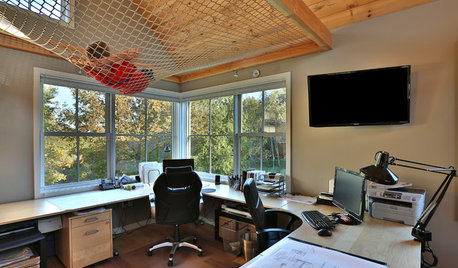
DESIGN PRACTICEHow to Set Up Your Design Studio at Home
Learn from an architect how to create a workspace that fuels your practice and feeds you inspiration
Full Story
FALL GARDENINGBe Your Own Wildflower Nursery
Gather seeds from your garden in fall, and you'll have a selection of plants for next year — without spending a dime
Full Story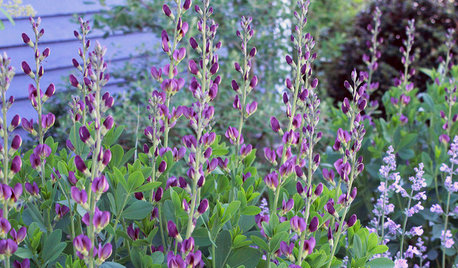
GARDENING FOR BUTTERFLIES7 Native Wildflowers to Make You an Awesome Butterfly Host
Offer the leaves of these and you’ll get more butterflies than with flower nectar alone
Full Story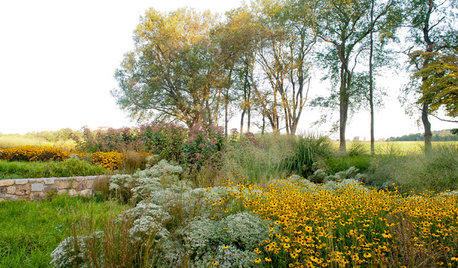
GARDENING GUIDES10 Essential Wildflowers for the U.S. Central Plains
Focusing on prairie wildflowers supports the most wildlife in a low-maintenance Plains landscape
Full Story
GARDENING GUIDES5 Prairie Wildflowers That Can Heal Your Soil
Get free, organic soil fertilizer with nitrogen-pumping plants that draw pollinators too
Full Story
GARDENING GUIDESWhat’s in a Name? See 6 Wildflowers That Aren’t ‘Weeds’ at All
Dispel the stereotypes of weeds and try these wildlife-supporting native wildflowers in your garden
Full Story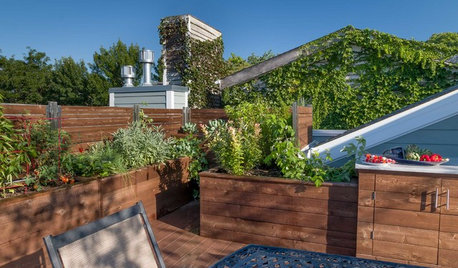
GARDENING GUIDES10 Tips for Beginning Gardeners
With a simple sketch, basic tools and the right plants, you’ll be on your way to growing your first flowers or edibles
Full Story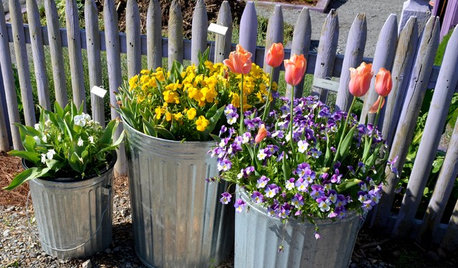
EDIBLE GARDENSSee How a Practical Garden Can Be a Visual Treat, Too
A university edible garden overflows with ideas for growing produce and flowers in containers, beds — or a pickup truck
Full Story
NATIVE PLANTS5 Ways to Keep Your Native Plant Garden Looking Good All Year
It’s all about planning ahead, using sustainable practices and accepting plants as living organisms
Full Story





ahughes798
John_Blakeman
Related Professionals
Foothill Ranch Landscape Architects & Landscape Designers · Port Royal Landscape Architects & Landscape Designers · Prairie Ridge Landscape Architects & Landscape Designers · Arlington Landscape Contractors · Belmont Landscape Contractors · Cincinnati Landscape Contractors · Fort Worth Landscape Contractors · Fuquay-Varina Landscape Contractors · Peoria Landscape Contractors · Quincy Landscape Contractors · Tinton Falls Landscape Contractors · Alexandria Decks, Patios & Outdoor Enclosures · Clemmons Decks, Patios & Outdoor Enclosures · Grandview Decks, Patios & Outdoor Enclosures · New Albany Decks, Patios & Outdoor EnclosuresPharmed
kurchianOriginal Author
John_Blakeman
ahughes798
growinwild